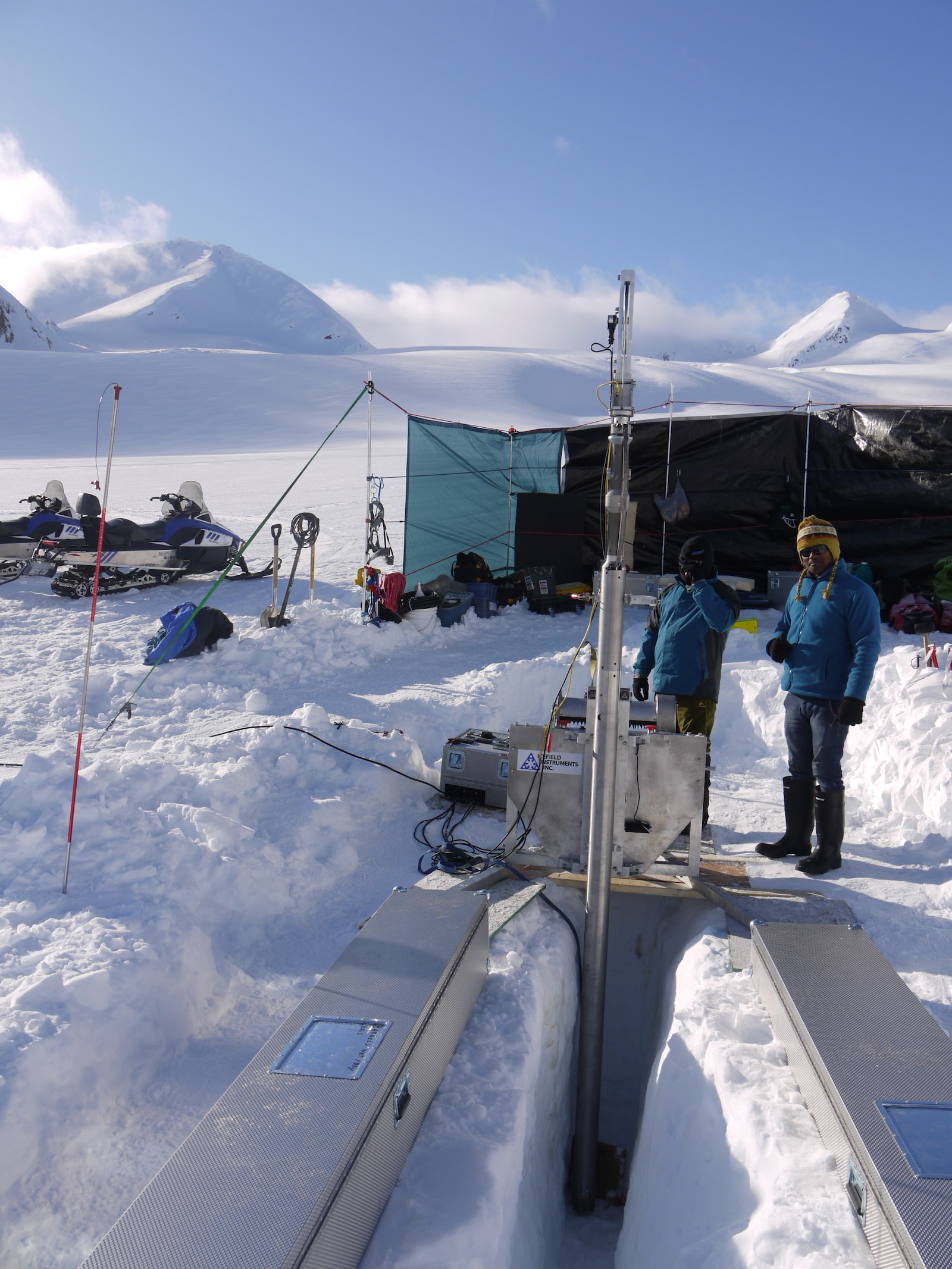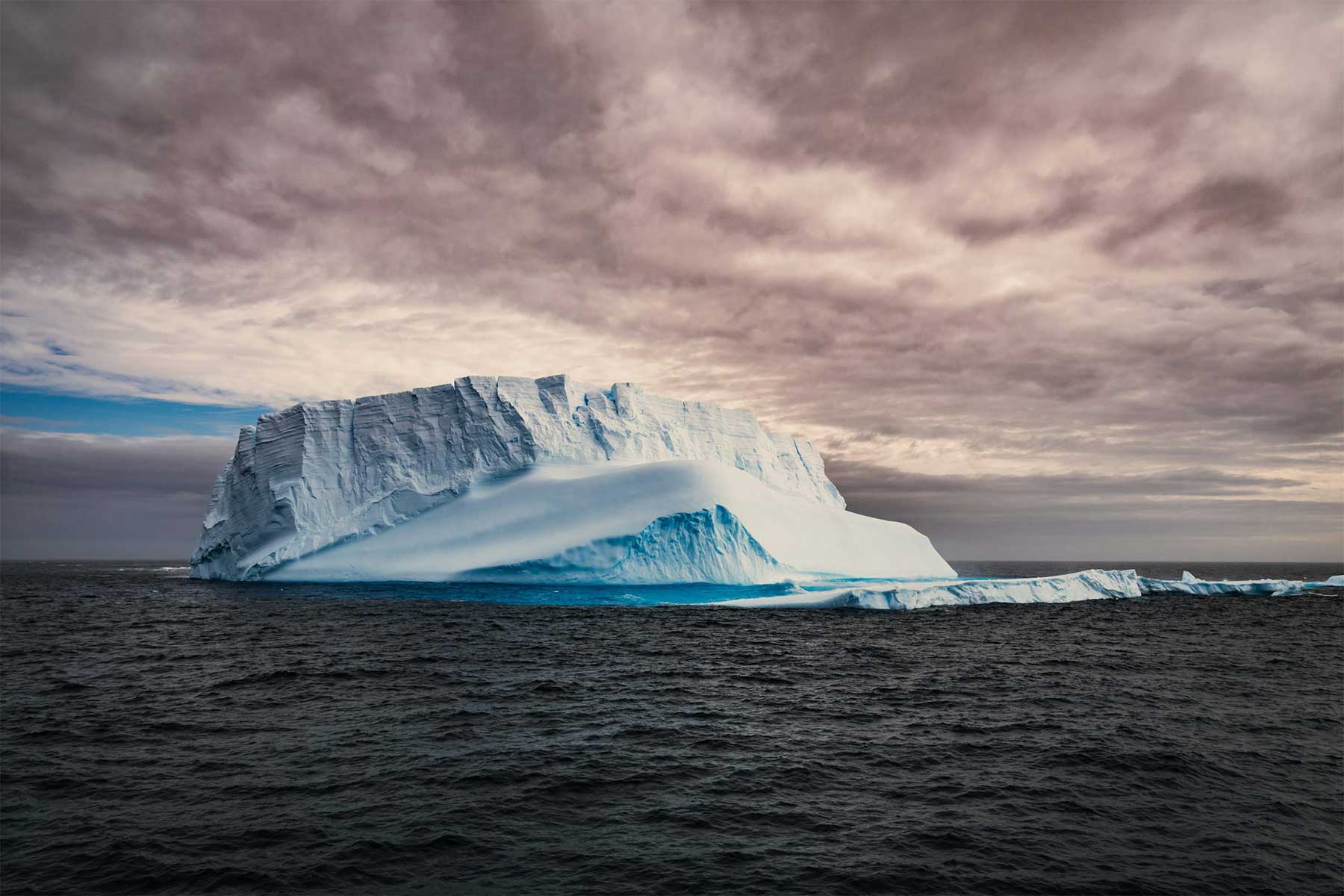A new lightweight, intermediate ice core drilling system—capable of reaching depths of up to 350 metres—has been purchased by Antarctic Research Centre, Victoria University of Wellington. This drilling system usefully complements their existing, heavier intermediated depth drill that is capable of drilling up to 1,000m. The new investment was made in direct support of the Antarctic Sea-Ice Switch research programme, and significantly enhances New Zealand’s polar research capabilities.
Lightweight drilling systems are crucial in Antarctica. They moderate the logistical challenges of transporting equipment across vast, remote, icy landscapes, and reduce the carbon footprint of research. These systems allow for more efficient and cost-effective exploration of ice and subglacial environments, providing valuable data for climate research.
Looking back into the past
Valuable archives of past climate and ice sheet behaviour can be found in ice and sediment records. Scientific drilling and core recovery provides information on past temperature, precipitation, atmospheric composition, volcanic activity, sea ice, ocean conditions, and even wind patterns.
As part of our research, we aim to obtain a new 250m deep ice core from Whitehall Glacier in Northern Victoria Land. A 100m core collected from this site in 2006 has provided a 100-year record of exceptional resolution (monthly) and demonstrated the site is particularly sensitive to sea-ice change.
The new core, collected using the new, lightweight ice core drilling system will add the period from 2006 to 2025 (including the recent period of extreme sea-ice change). This creates a ~200-year long record to help constrain preindustrial baselines for modelling runs, which initiate conditions from 1850 onwards.

Testing the new drill
The Eclipse drill was purchased from Icefield Instruments in Canada. The design has been proven at locations including the Arctic, Tibet , Yukon Territory and in Antarctica. The photos in this post have been provided by Icefield Instruments, showing a similar drill being used in testing sessions and expeditions.
The new drilling system arrived in NZ in July, and after being tested by Victoria University of Wellington’s drilling engineers, headed south in August. Thanks to the Antarctica NZ logistics team, it is on ‘WinFly’ (the winter re-supply flight in a C-17 Loadmaster).
Our engineers will meet the drill in Antarctica for its first test run, near Scott Base over the 2025/2026 Antarctic summer. If all goes well, the ice core drilling at Whitehall Glacier will happen in the 2026/2027 summer field season.
More photos and a progress update will follow in a few months.




